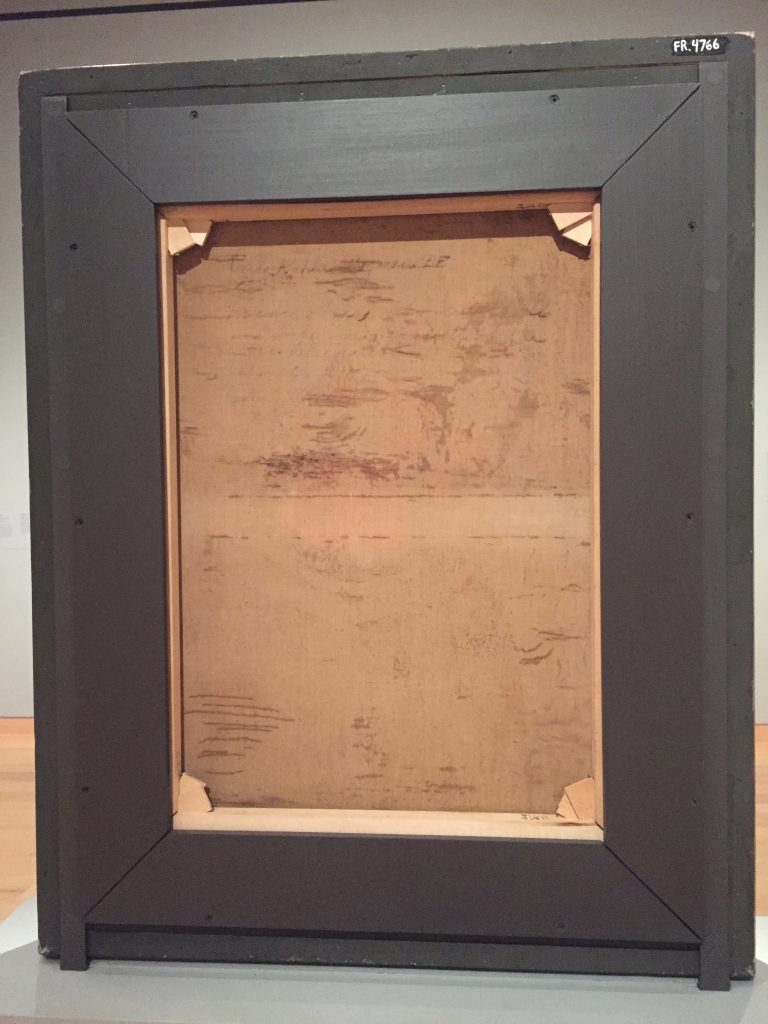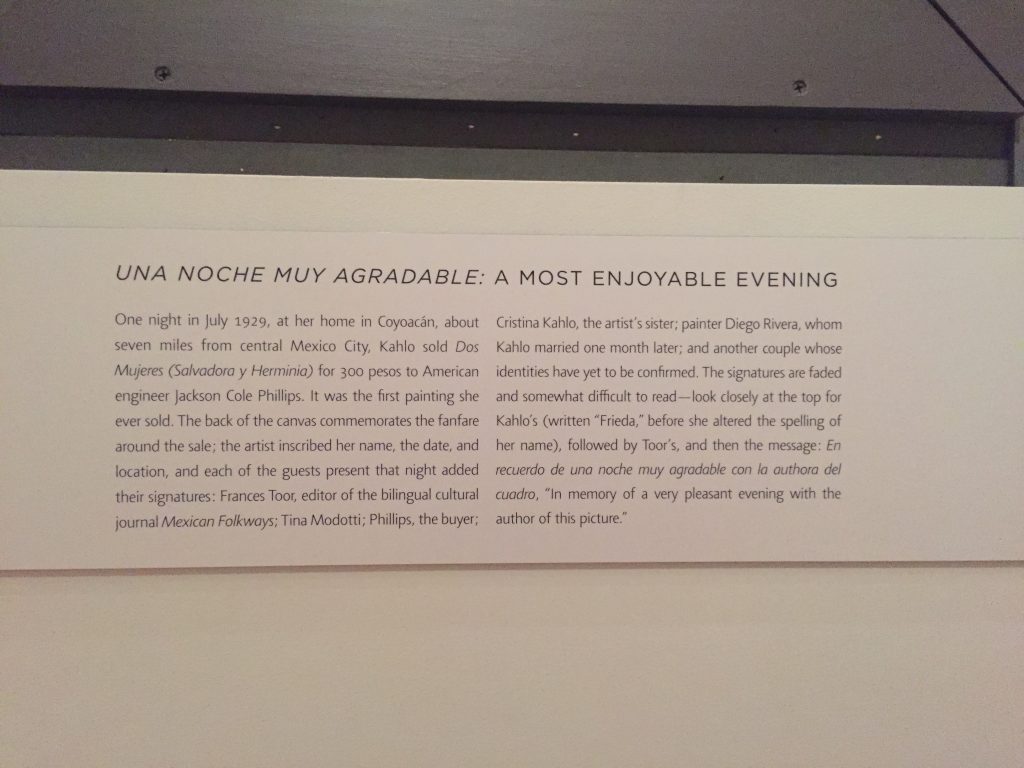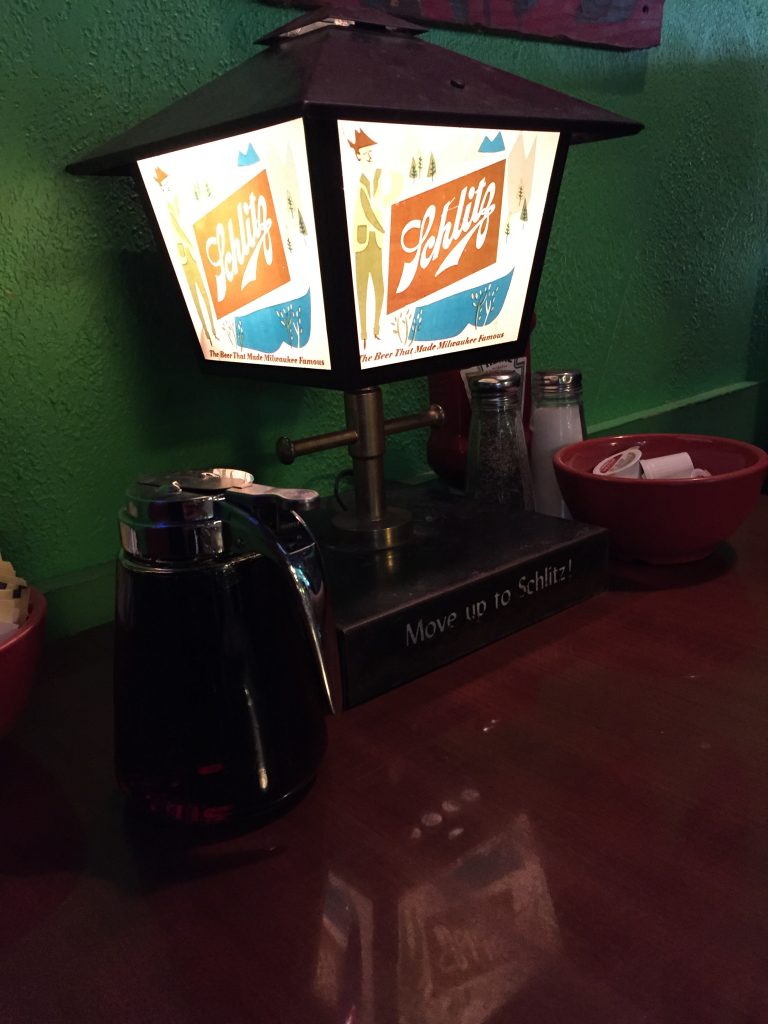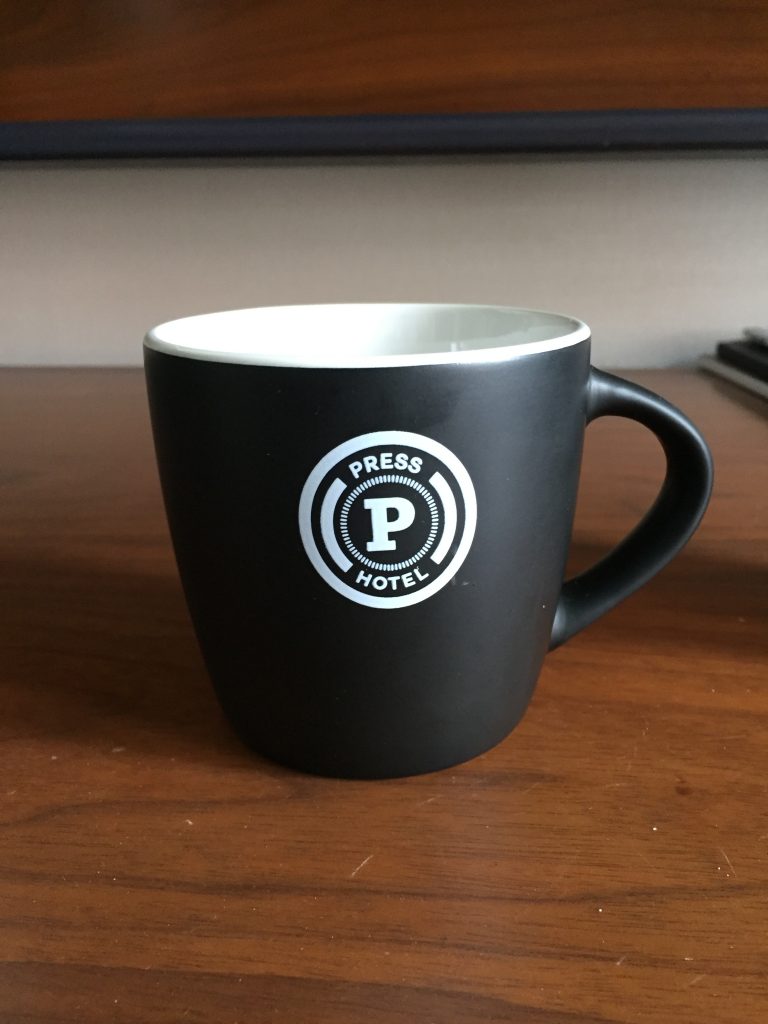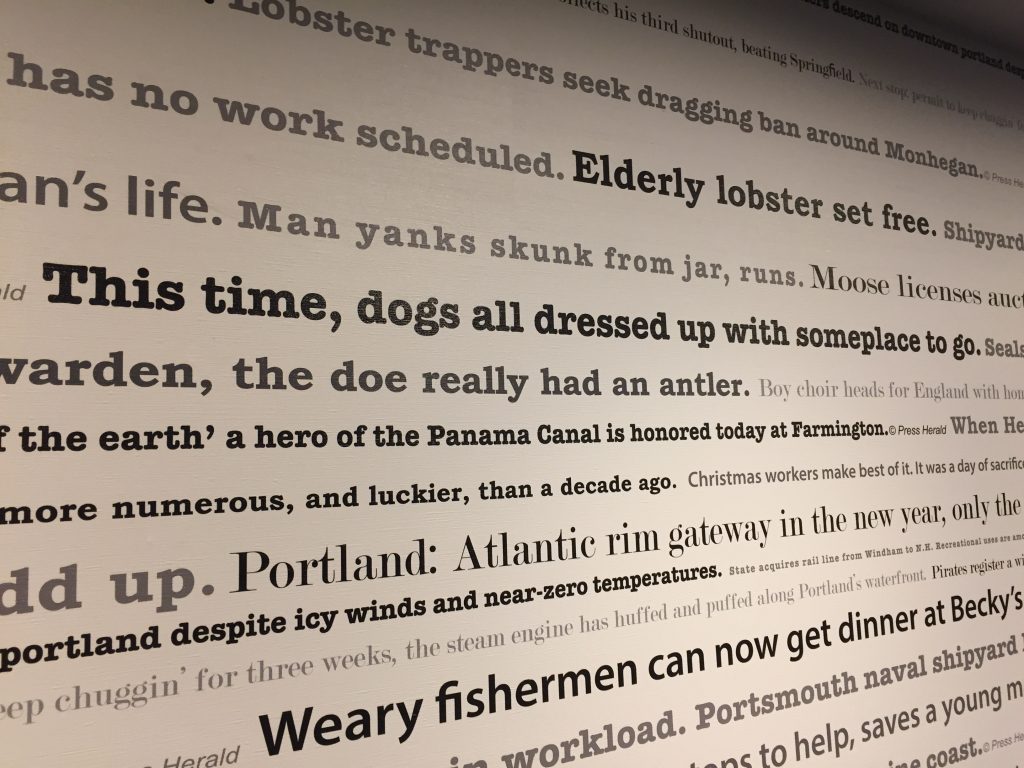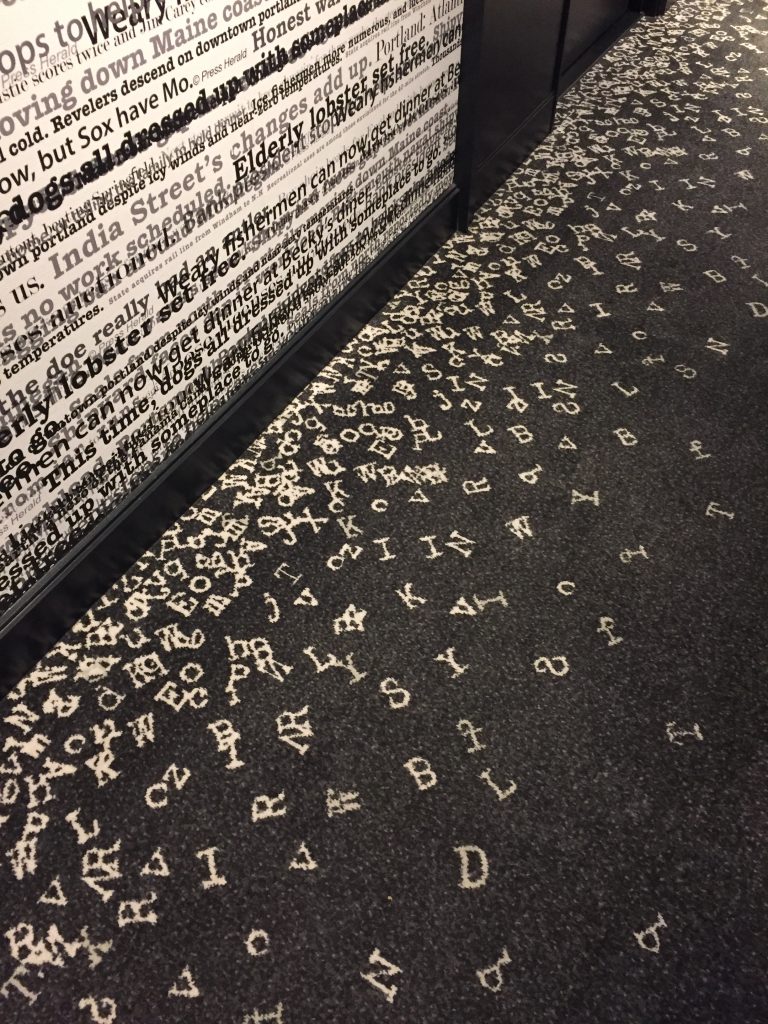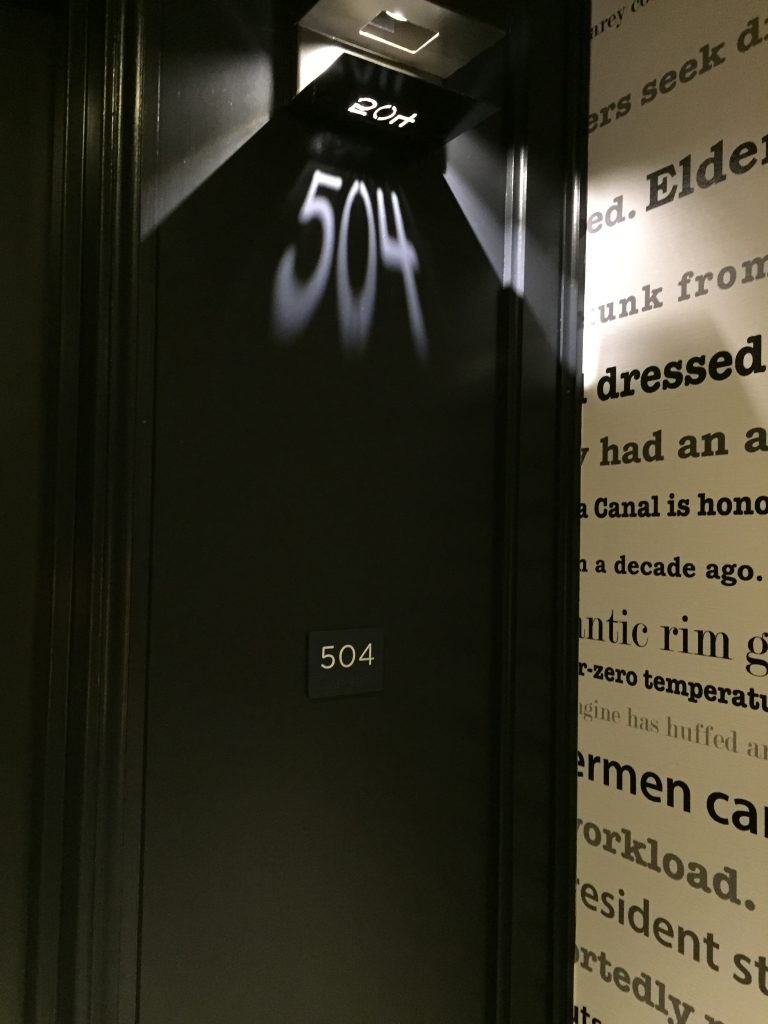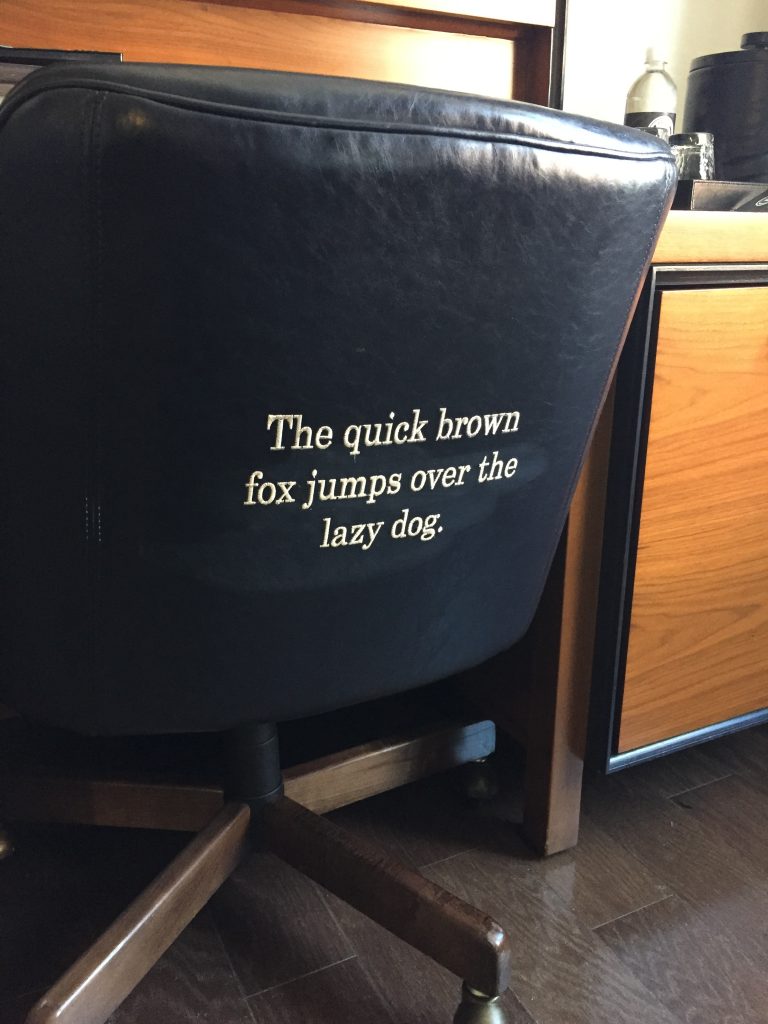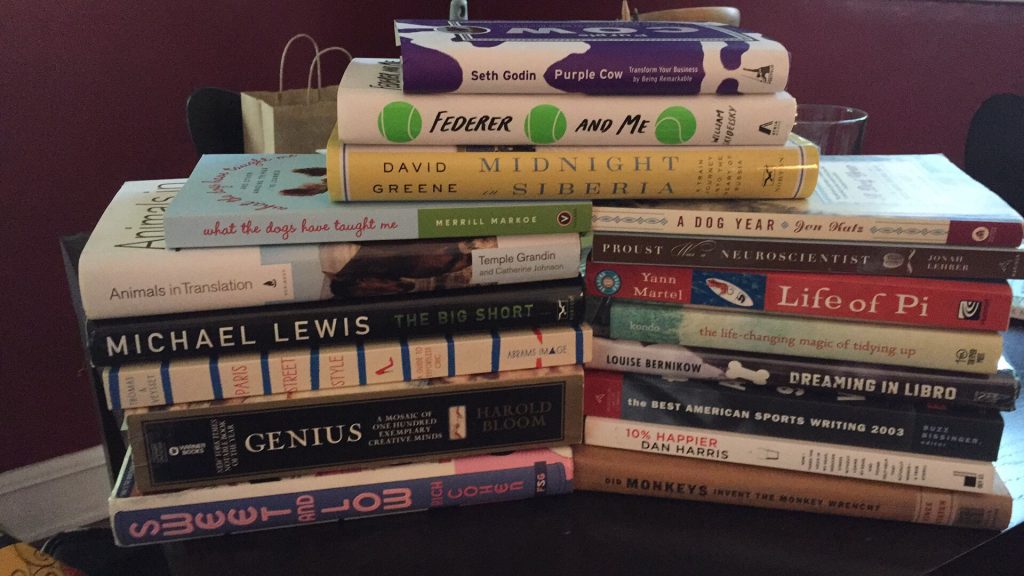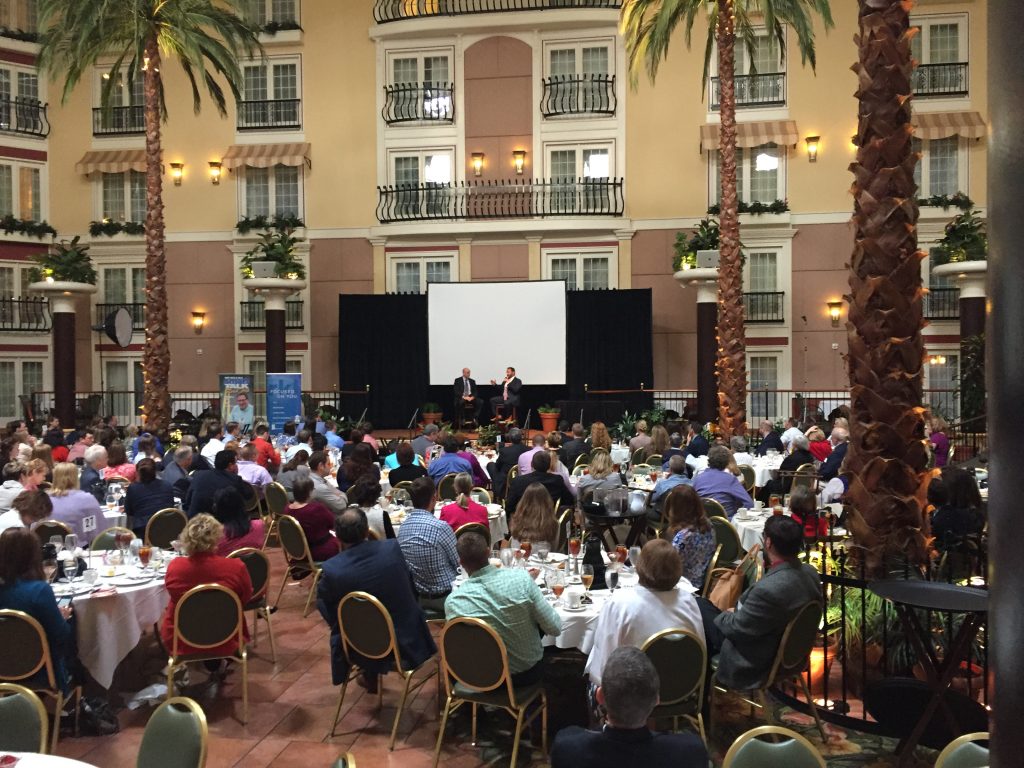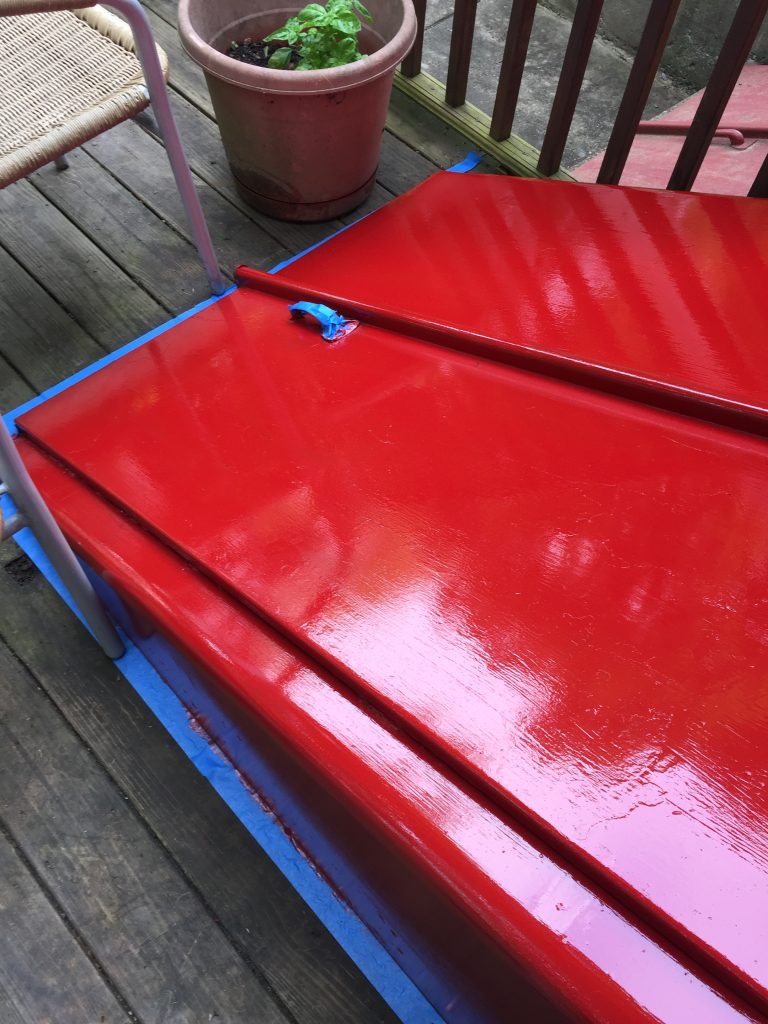I’ve been fascinated by language for a long time. On my way to earning my MA in English, I completed four semesters of German as a graduate student and passed an equivalency exam. This was as close to a real language experience as I ever had. I started to think in German. It was lovely.
However, German is a tough ask. It’s a level two language, which means it requires more time for a native English speaker to master than French or Spanish or, curiously, Romanian. It is also rarely seen or heard in the United States. Unlike Spanish, and to some extent French, products and advertisements are rarely translated into German in the States.
New technology has made languages easier to learn, and so a few years ago, I felt my moment had arrived. Duolingo is a great way to start, and it’s free. I went entirely through the French version and am halfway through the Spanish course. I learned enough French with Duolingo to read passages and news stories, but my listening comprehension and ability to explain grammar are lacking. I still subscribe to French Facebook and Twitter feeds, which are great ways to incorporate the language into your life.
Babbel and Rosetta Stone now offer online courses with more grammar and culture coverage, and there is a trove of help available at Udemy, Coursera, and on YouTube. To take my Spanish to the next level, I subscribed to Babbel and will work my way through their Spanish course in the coming months. I have already secured a language buddy at work when my production ability improves.
While language learning is a life long goal, it is also what I plan to do in retirement. I’m 20 years from that day, but I have a plan. I’d like to help new arrivals to the U.S. learn English, and what better way to prepare than to learn Spanish now. Wish me luck.

